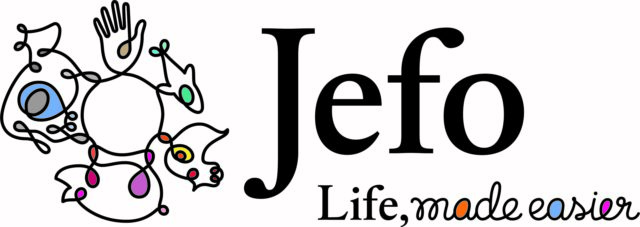We all know the welfare of animals is a growing concern for the general public and certainly an interest to producers. I recently heard an interesting philosophy which helped me gain a better understanding of the origin of varying viewpoints of welfare and how today’s farmers might be able to address them.
As David Fraser from the University of British Columbia kicked off the Dairy Cattle Welfare Symposium in Guelph, Ontario, recently, he suggested that in the past half-century the perception of farm animal care has gone through its own industrial revolution.
Similar to society’s shift in the 1700s, the use of advancing technologies converted the agrarian model of emulating nature to an industrialized model of controlling nature.
Differing views on animal welfare have deep cultural roots that can be understood by looking at this point in history, Fraser said.
Anti-industrial critics call for animals to be able to exhibit natural behaviours and live in their natural environment.
Pro-industrialists believe in productivity and progress. Basing their actions on science and technology, livestock producers can provide animals with a comfortable life that fulfills the animals’ requirements.
This also enables the livestock industry to meet the production needs of a growing human population.
“Fortunately, agrarianism and industrialism are not the only models for occupations,” Fraser said. “Another is what we might call ‘professionalism.’”
The most sophisticated form of professionalism can be found in health care, he said. Doctors and surgeons are regarded as professionals in their field and respected as such.
Professionalism requires a certain skill set, Fraser continued. It relies on science to improve practice and sets standards that maintains public trust, as well as a level of mutual support and discipline.
As professionals, dairy producers redeveloped its Code of Practice for the Care and Handling of Dairy Cattle in 2009, using independent and publicly available scientific review to construct the code’s contact.
In fact, dairy was the first livestock industry in Canada to adhere to this new process. A number of other animal agriculture industries are currently working on their own codes, including beef cattle, horses, pigs and sheep.
This code is meant to be a set of standards Canadian dairy farmers and the Canadian milk brand can be held to by consumers and the public.
Unfortunately, Jeffrey Rushen of Agriculture and Agri-Food Canada reported only 70 to 75 percent of dairy producers know that this code exists.
When advisers to dairy producers (such as veterinarians, nutritionists, consultants, etc.) were asked about the code, only 20 percent of them were aware of the code and hardly any of them had read it themselves.
For this issue’s poll, we’d like to know: Are you familiar with the Code of Practice for the Care and Handling of Dairy Cattle? Please take a moment to respond in the "PD Poll" at the top right of your screen. PD

Karen Lee
Editor
Progressieve Dairyman magazin








